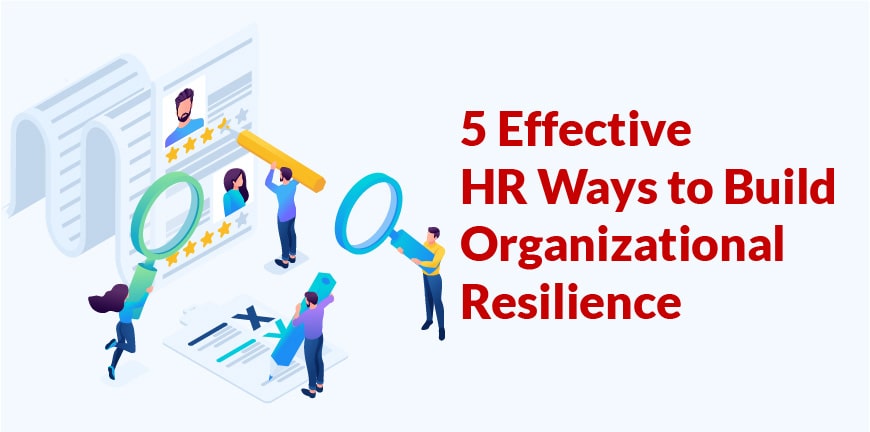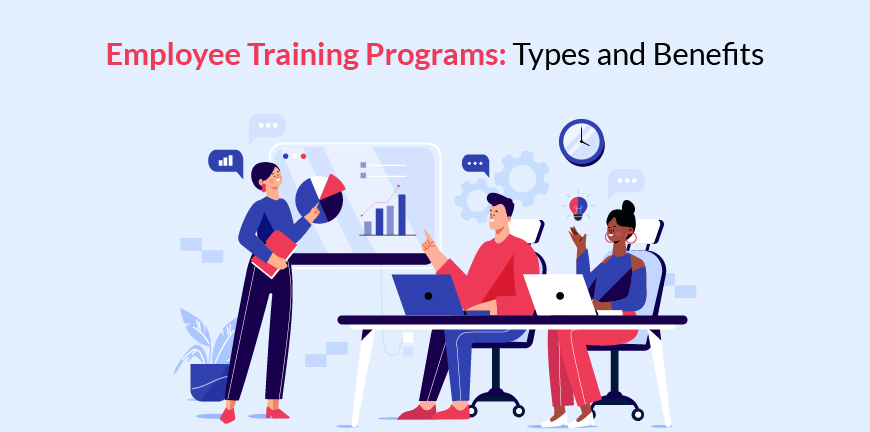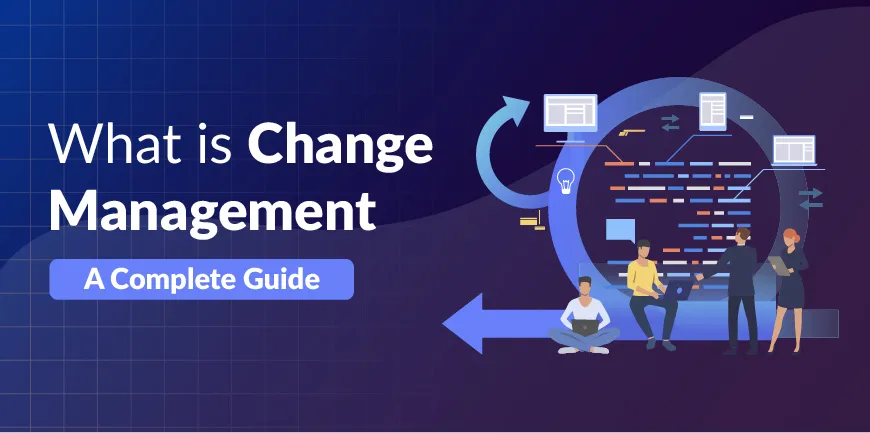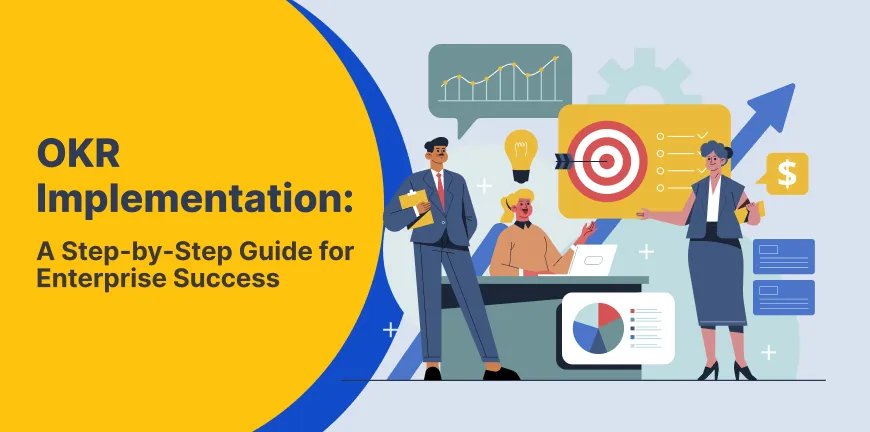
5 HR Strategies to Build Organisational Resilience
12/12/2023
5 Gamifying Strategies to Uplift the Workplace
15/12/2023- What is a Training Program for Employees?
- Why are Employee Training Programs Important in 2026?
- What are the different Types of Training Programs?
- What are the Benefits of Employee Training & Development Programs?
- How to Conduct a Training Program for Employees?
- How Can ALP Consulting Help You Build Effective Training Programs?
- Frequently Asked Questions
With technology advancing rapidly by the day, it has become increasingly essential for organizations to upgrade themselves. How? By ensuring their employees are equipped with in-demand skills, as well as honing their existing skills. Employee training programs can make this happen. It facilitates the instilling of skills in employees, allowing them to keep up with the current trends. Not only will this improve the quality of work, but also increase productivity and boost employee morale.
What is a Training Program for Employees?
Employee training programs are well-structured and properly crafted training programs that include the right training, mentorship, study materials, and modules that help current employees, as well as those who are newly hired, hone their current skills or instill new ones. This helps them work at their maximum potential, ultimately resulting in higher productivity for the organization.
Why are Employee Training Programs Important in 2026?
Employee training programs have become extremely important just to keep up with the rapid advancement in technology. The importance of training programs for employees is to equip team members with valuable skills that can support the company’s larger business goals. With the help of properly developed employee training programs, employees gain the skills they need to keep their current jobs as well as become sought-after candidates for future roles. Investing in these programs makes organizations more credible and demonstrates their commitment to employees.
What are the different Types of Training Programs?
Some of the diverse types of training programs for employees that should be included in companies are-
1. Orientation
Orientation is given when new employees join the organization. During the orientation program, the new hires are made aware of their job roles and responsibilities. The new employees meet their teammates and understand a bit more about the company’s working culture. The HR, during the orientation program, explains the company’s values and mission. The new employee is provided with tools and technology like a laptop, access card, ID cards, and software etc. If the employee is working from a remote location, they connect with their team members virtually to introduce themselves and form a working relationship.
2. Onboarding Training
Onboarding and orientation are often confused with one another. An Onboarding program is a lengthy process that can take anywhere between a few weeks to a year. Through this program, along with sharing company goals and values, an employee is given a complete brief as to what their job role entails and what is expected of them. During onboarding, skills training takes place. This could be one-on-one sessions, virtual training sessions. Meetings are held where employees are made to understand specific goals.
3. Compliance Training
Compliance training teaches employees about the company policies and procedures and how to adhere to them. This is crucial as it makes sure organizations don’t face legal problems or penalties or fines. It also ensures employees understand boundaries and stay respectful of the work environment, other employees, as well as company rules.
Some of the examples of compliance training are-
- Workplace safety (OSHA)
- HR Law
- ISO (International Organization for Standardization)
- Workplace Safety and Violence
- Information Security Training (HIPAA)
- Anti- Harassment Training
4. Product Training
This is a form of training given in product-based companies that sell their products. This helps employees understand the products or services the company sells. Employees working in sales, marketing, customer support, or technical support are given this kind of training. A brief training is given to new hires in the first week of joining, and existing employees are trained as and when there is a new product is launched. Through this training, new hires not only understand the product well but also learn how to sell it confidently to the customers by answering any questions they may have.
A ton of content is needed for this training. The training can be fully offline, face-to-face, online learning, or blended learning. The mode of training depends on the company’s needs.
5. Leadership Training
Good leaders are extremely crucial for any organization. Leadership training is given to managers, department heads, and senior-level executives to make sure they lead their team with confidence and efficiency. Organizations must provide relevant leadership training programs to meet the needs of new managers, leaders, and employees who have leadership potential. Good leadership training initiatives and programs can help increase employee engagement, build a strong and united team.
6. Technical Skills Training
It is one of the most important forms of training given to employees to help them understand the technical aspects of their jobs and perform well. This is mostly given as part of the onboarding program. Technical skills training includes providing them with information or helping them understand new tools, technology, or software that they may have to use in the role they are currently working. Employees working in manufacturing, construction, etc, are given training on how to use specialized equipment and advanced work techniques. This is done through one-on-one sessions or virtually.
7. Safety training
Safety training is provided in industries that involve physical labour, like manufacturing, construction, healthcare, and other private sectors. This form of training is provided by taking into consideration the hazards involved. Organizations must also consider the regulations of their specific industry. Safety training programs could include lockdown drills, fire prevention, or other industry-specific training. For example, food service companies provide food safety training.
8. Sales Training
Sales training is of utmost importance to your sales team to make sure their sales skills are top-notch. This could be training them to help them understand new sales methods, use new sales platforms, or even improve their communication or convincing skills. It aims at boosting the skills of the sales team by teaching them sales practices and novel approaches to selling and developing excellent communication skills.
9. Soft-Skills Training
It has long been established that soft skills are as important as technical skills to be adept at your job. To communicate effectively with colleagues, clients, or the higher management, it’s important to provide them with soft skills training. In Service industries, where soft skills are most needed, employees are given soft skills training to help them work better with the management as well as in customer service. Ownership, conflict resolution, ethics, time management, adaptability, and commitment are a few important soft skills that are crucial for all employees.
10. Quality assurance training
Every organizational success depends on how consistent their service and product quality is. To ensure this, a proper quality check is necessary. Employees who are in the QA field are given extensive training to help them understand how the process works and make sure the products meet the standards. With the right quality training, processes can be improved, there will be fewer defects, and streamlined product development.
11. Team training
Team training is just what it sounds like: a structured program to help your employees work well together as a functional unit. This type of training is especially important in the event of a major organizational upheaval like a merger, layoff, or other restructuring.
What are the Benefits of Employee Training & Development Programs?
Here are some of the significant advantages of employee training and development:
1. Positive Impact on Employee Performance
An employee’s performance is proven to improve with training and development. When an employee is provided with on-the-job training and motivated to work harder, he/she develop more confidence on the job.
In an independent study conducted in 2018 on the performance of employees in banks, it was proven that employee performance in public sector banks showed a vast improvement as opposed to private sector banks, and this was largely due to the greater adoption of employee training and development programs in these banks.
2. Stronger Workforce
A confident and engaged employee who is also rewarded for his productivity is expected to stay longer than one who is not. Studies show that one of the reasons cited for moving from one company to another was the access to better employee training and development programs, which they felt led to better career growth.
3. Improves Alignment with Organizational Goals
The fact that the employer is engaging with the employees through a training and development program secures a buy-in from the employees. Their activities are also more aligned with the organisational goals as they have more clarity on them now after the training.
Building a knowledge base of all the content imparted during the training programs can further strengthen the mutual faith between employer and employees, as employees now believe that the employer is working towards their benefit and trying to retain them, and strengthen the alignment with the organisational goals.
4. Helps Fix Skill Gaps
Some employees need to be trained in specific skills, but there is often no way to find out what skills need to be added. This requires a skills assessment, which needs to be very thorough and address all aspects.
Sometimes, a general training program that happens on a routine basis can help employees navigate their way to the right skills and thereby remove any skill gaps that exist, allowing them to complete the tasks at hand as efficiently as possible.
5. Boosts Employee Motivation and Engagement
Employee training and development not only boosts employee productivity but also improves employee engagement, inspiring employees to be more supportive of the company and put in longer hours at work, sharpening their skills, if not helping other employees too.
Increased employee engagement and motivation are known to impact productivity, too. Increased employee engagement also improves reputation by WOM and is reflected on online review websites such as glassdoor.com, where employees will try and leave positive feedback.
6. Increases Knowledge Sharing
Not only do employees get better at their jobs, but the same employees will also inspire and be able to help his/her peers also be better at their jobs. This is because learning is a continuous process, and it is easily transferable. Thus, training even one individual helps the entire team want to learn and upskill and directly impacts their performance when they do so.
7. Increases Innovation
There are three factors that improve innovation at the workplace. They are (a) great leadership, (b) engaged employees, and (c) the desire to learn. Of these, we know that without great leadership, a good employee training and development program wouldn’t be possible, and that higher engagement among employees is a result of training and development.
All that is required to drive innovation in the workplace is the desire to learn, for which employees must be coached, as well as the benefits of such training, how it helps the company, and how it helps employees, too.
8. Improves business processes
As a result of training and development, when employee performance improves, employees transform into strategists. They not only work on their individual performance, but they also help improve existing processes and process efficiencies.
They have more time on their hands to meet unconventional challenges at work more confidently. They can work with their teams to come up with solutions that speed up the delivery of products or services and invite positive feedback from customers.
9. Creates a stronger employee value proposition
Your employee value proposition is just what the name suggests – it is what you as an employer offer any new employee upfront. It is the sum of your reputation, the benefits you of,fer etc. But how does training and development help?
Training and development come in as a benefit that your company provides, and even helps to distinguish it from other companies. Adding such a benefit helps create a strong employee value proposition, which in turn helps to attract quality talent from anywhere in the world.
10. Training gives a competitive advantage over others
When your company implements a training and development program that helps tens or even hundreds of individuals in your company grow, and their productivity and performance improve, this eventually translates to much higher ROI at the end of the year.
This gives them an advantage over other companies in the same industry year after year. Training and development programs are also reviewed to align them better with organizational goals, and this continuous process of improvement makes them better over time.
How to Conduct a Training Program for Employees?
To build a proper employee training program, not only do you need to assess and understand the strengths and weaknesses of your employees, but you also need to be willing to go beyond to explore what you want your team to learn and how to implement it successfully.
So, how to plan a training program for employees?
Set related goals and build a structured program that can help your employees thrive in the company.
1. Assess your training Needs
Establish your goals as a business and determine the specific skills, knowledge, or competencies that need to be addressed through the training program. Some of the factors and aspects you can consider are-
- The target audience for your training program
- Short-term and long-term goals
- Goal period
- Determining what the participants have learned.
2. Choose the type of training
Choose the training method that best suits you and your employees. Make sure your training methods align with your company’s objectives as well as the employees’ needs. Your training methods could be
- group discussions
- classroom style
- Seminars
- Skills-based training
- On-the-job training
- Online
- In-person
- Self-paced
- Instructor-led training
3. Define learning objectives
Set clear, reasonable objectives. You need to be able to outline what participants should be able to do or achieve by the end of the training.
4. Develop detailed Training Content
The training curriculum should include all the topics to be covered, learning materials, and resources needed. A detailed outline of the content is imperative to ensure a structured and organized approach.
5. Select the right Trainers/Facilitators
Choose experienced trainers or facilitators who are knowledgeable about the subject matter and skilled in delivering engaging and effective training sessions.
6. Deliver the Training
Follow these guidelines when the training program commences:
- Start with an introduction, outlining the purpose and objectives of the training.
- Present the content in a clear and organized manner,
- Use interactive methods.
- Encourage group discussions, activities, and exercises to promote engagement and reinforce learning.
- Use real-life examples and case studies to make the content relatable.
- Have a Q&A
- Summarize key points and learning objectives at the end of each session.
7. Gather Feedback
Collect feedback from participants about the training program, including what worked well and areas for improvement. This feedback can help enhance future training initiatives.
8. Evaluate Learning Outcomes
Assess whether the training program met its objectives. Analyse participants’ performance, behavior changes, and on-the-job application of the newly acquired skills and knowledge.
How Can ALP Consulting Help You Build Effective Training Programs?
Designing a training program for employees involves a systematic and thoughtful approach to ensure that the program effectively addresses the learning needs and goals of both the individuals and the organization. If you are looking for help to design an employee training program, we can help.
As a renowned and experienced HR consulting firm with industry experience of over 26 years, Alp Consulting possesses the expertise and resources to create the best employee training programs that can add value to your organization and align perfectly with your business goals and objectives. Contact us today to learn more about our services.
Frequently Asked Questions
1. What are the main types of employee training programs?
The main types of employee training programs are onboarding and orientation, technical skills, soft skills, leadership, compliance, safety, and team training.
2. What are modern trends in employee training?
The modern trends of training include AI integration, microlearning, use of Virtual Reality, and other immersive technologies etc.
3. Why are employee training and development programs important?
Employee training and development are important as they enhance the productivity and performance of employees, facilitating engagement and retention.
4. How can companies design effective employee training programs?
To design effective employee training programs, companies must assess training needs, set proper objectives, use engaging materials and diverse methods, and evaluate the program’s effectiveness through metrics.

Suresh Ramkrishna
Suresh Ramkrishna is the Operations Manager at Alp Consulting Ltd., with over 30 years of extensive experience spanning recruitment operations, sourcing, supply chain management, and client relations. At Alp, he leads the Search & Staffing Practice, specializing in bilingual and niche skill hiring while overseeing Japanese language and TITP (Technical Intern Training Program) initiatives. He also manages NAPS (National Apprenticeship Promotion Scheme) training programs, fostering skill development and workforce readiness across industries. Previously, he spent over two decades in the apparel export industry, managing vendor development and international sourcing for top global brands. Suresh’s leadership blends strategic talent acquisition with operational excellence across diverse industries.




